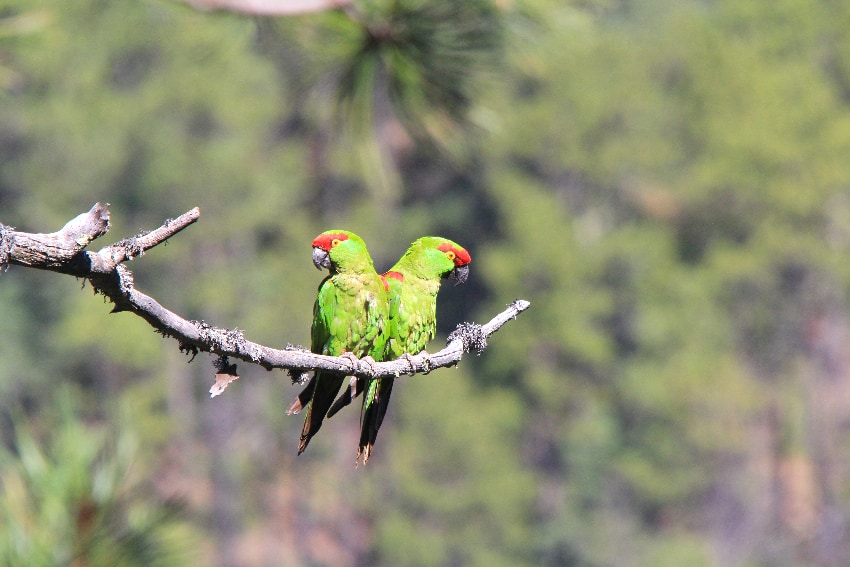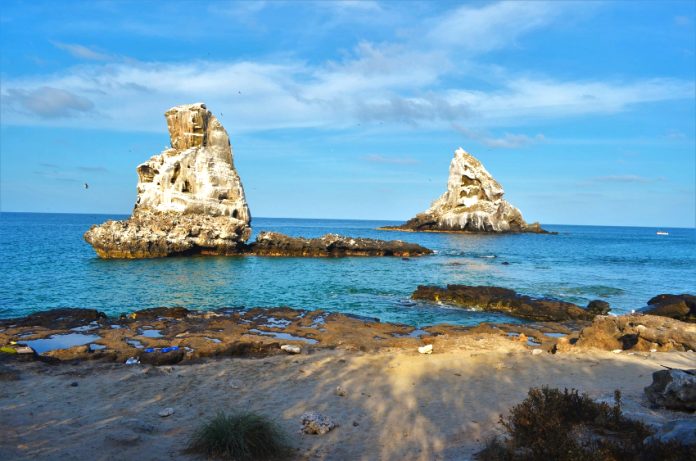The forested Sierra Tecuani of Guerrero, prowled by five different species of big cats. The Bajos del Norte reef in Yucatán, where lobsters and rare fish species breed. The arid semi-desert of Zacatecas, home to 30% of Mexico’s golden eagles, as well as prairie dogs, black bears and fragile desert flora. All of these are included in the 20 areas of rich biodiversity declared Natural Protected Areas (ANP) by Mexico’s Environment Ministry (Semarnat) in January 2024.
With these 20 new ANPs, the administration of President Andrés Manuel López Obrador has now created more nature reserves than any other. But is Mexico doing enough to protect these national treasures of wilderness?

How many nature reserves are there in Mexico today?
The new reserves bring Mexico’s total number of ANPs up to 225, covering 95.9 million hectares. Just over two thirds are marine protected zones, while the rest is on land.
How many have been added during AMLO’s administration vs prior administrations?
AMLO has declared 43 new ANPs during his administration, covering roughly 4 million hectares – more than any other president in Mexican history. General Lázaro Cárdenas del Río (1934-1940) is in second place with 41, followed by Ernesto Zedillo (1994-2000) with 30.
How does Mexico’s protected land area compare with other countries?
According to the National Protected Areas Commission (Conanp), around 23 million hectares of Mexico’s protected reserves are on land — about 11.74% of Mexico’s total land area. This compares to:
- 123.5 million hectares in the United States (12.9% of the country’s land area);
- 127.6 million hectares in Canada (12.8%);
- 2.2 million hectares in Guatemala (20.1%);
- 18.8 million hectares in Colombia (16.4%);
- 261.1 million hectares in Brazil (30.6%).
Which states have the most ANPs?
Of Mexico’s 32 federal entities, the five with the highest number of ANPs are:
- Quintana Roo (24)
- Chiapas (19)
- México state (14)
- Chihuahua (14)
- Michoacán, Jalisco and Baja California (12 in each)
The states with the largest areas covered by ANPs are Baja California, Baja California Sur, Coahuila, Campeche, Chihuahua and Sonora.
What is the federal budget for ANPs in 2024?
Mexico’s Draft Budget of Expenditures for 2024 (PEF 2024) proposes an 11.4% reduction to the environmental budget. The Conanp is one of the worst-hit agencies.
Its proposed budget for 2024 is just under 1 billion pesos (US $58.9 million) – a real-terms drop of 31.7%, according to an analysis by the Northwest Civil Society Coalition for Environmental Sustainability (NOSSA).
If confirmed, this budget equates to about 10.6 pesos (US $0.62) per hectare of protected area.
Conanp itself has estimated that it needs between 1.3 and 1.5 billion pesos (US $76.5-88.3 million) to adequately cover the cost of protecting Mexico’s ANPs — even before the recent additions. Critics fear that the budgetary shortfall will leave Mexico’s precious natural reserves more vulnerable than ever to illegal resource extraction, often at the hands of organized crime groups.
With reports from Aristegui Noticias, La Jornada and Excelsior
